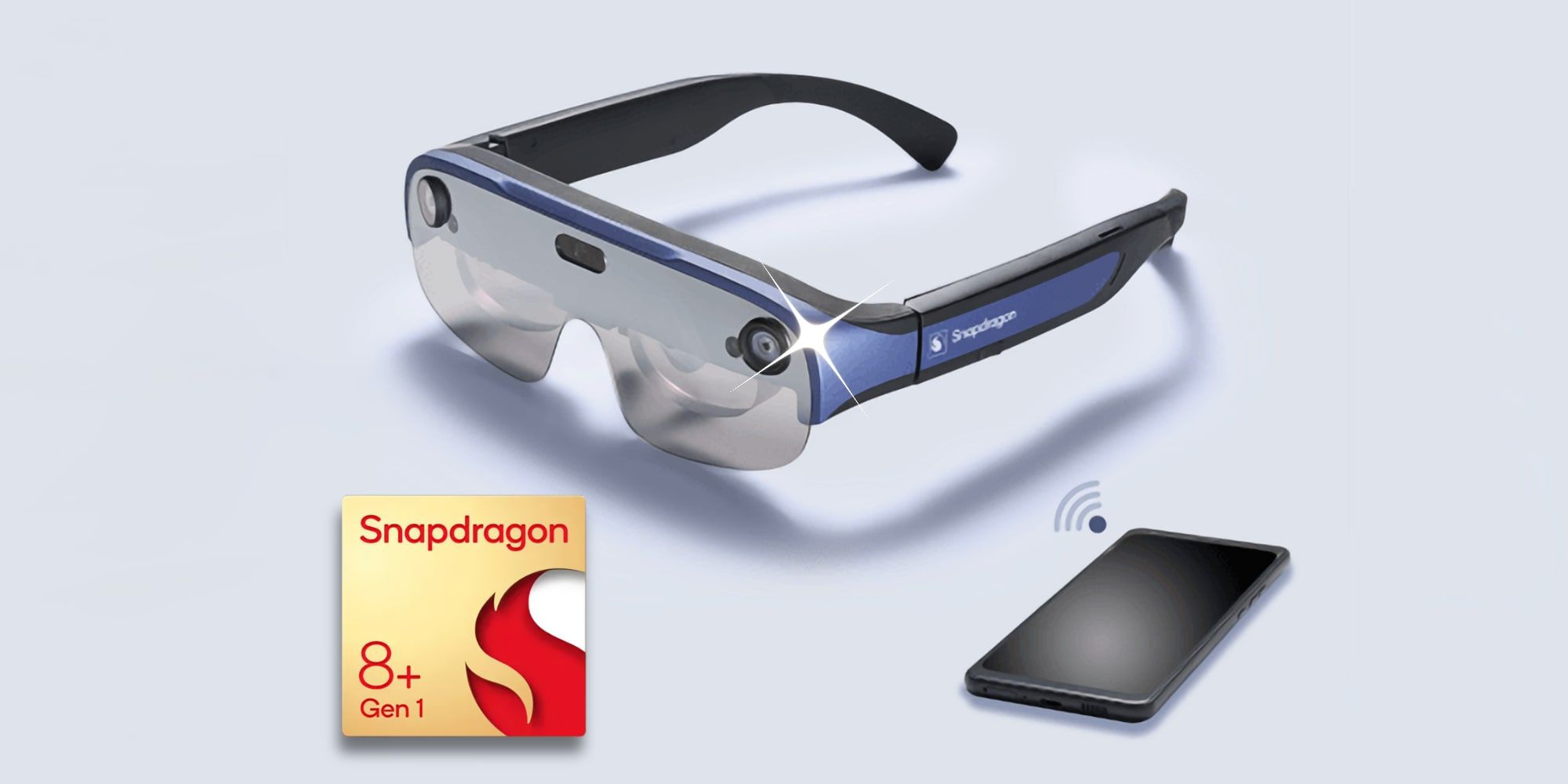Qualcomm just released a reference design that fixes what might be one of the most annoying things about AR glasses. Of course, there are multiple problems with this new technology, and solving one doesn't necessarily mean the future is already here. This is a significant step forward, however, and Qualcomm's design can be picked up and improved further by manufacturers that make use of this reference design.
Augmented reality is already here and usable in various forms, yet it's still quite limited. Imagine driving to the Grand Canyon or some other natural wonder and having to experience it through a tiny window rather than taking in the full scope of its glory. The expansive contrast of craggy rocks intermixed with the lush green foliage of the high desert, dappled with light, seemingly stretches endlessly into the hazy distance. Seeing this through a small rectangle, one feature at a time would be frustrating, yet that is what most AR solutions are like when using a smartphone. AR headsets and glasses have the potential to fix this problem.
Qualcomm's new reference design for AR glasses includes a significant breakthrough, wireless connectivity. Most AR glasses need a wired connection, a tether to a smartphone, to borrow some extra processing power to handle the difficult task of processing somewhat realistic or compelling graphics at high resolution, rapidly enough to avoid lag while tracking head movement and aligning the generated imagery with reality. To make lightweight AR glasses, a smartphone or other external processing is required, and going wireless is an important step.
A Step Forward, But Still Some Way To Go
Qualcomm’s XR2 reference design will be used as a building block by other manufacturers to launch products for consumers and also in enterprise designs. The wireless capability enables more freedom and the powerful XR2 chip takes some of the burden off of the smartphone while reducing lag and allowing higher-quality graphics. Despite these advances, there are more problems to solve. A limited field of view greatly hampers immersion. The reference design has only a 40-degree field of view, which is quite restrictive compared to the natural view of the human eye, which is well over 100 degrees.
The 90-hertz refresh rate of Qualcomm's AR glasses reference design is good but faster would be better. The 1080p resolution is sufficient yet doesn't advance the technology to the level it needs to attain to make a compelling experience. There are still plenty of areas that need work before AR glasses will become a must-have device. To be clear, Qualcomm's design is very impressive, and having these specifications in a thin, lightweight, wireless pair of AR glasses is definitely an advance, but it will be interesting to see if manufacturers can push the specifications a bit higher to improve the FOV and resolution.
Source: Qualcomm


